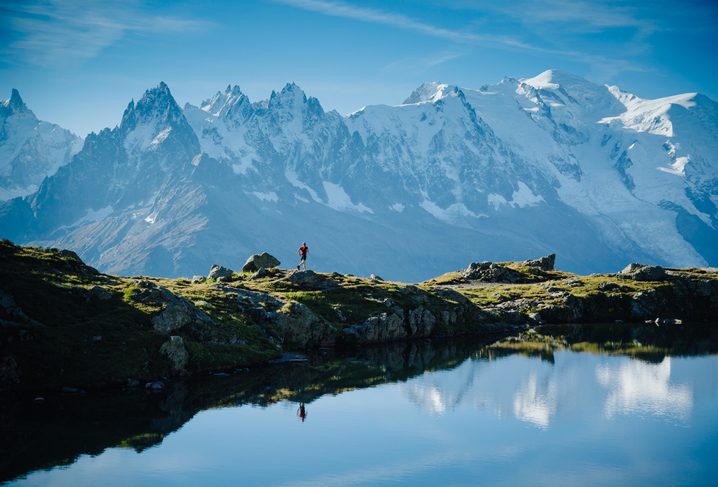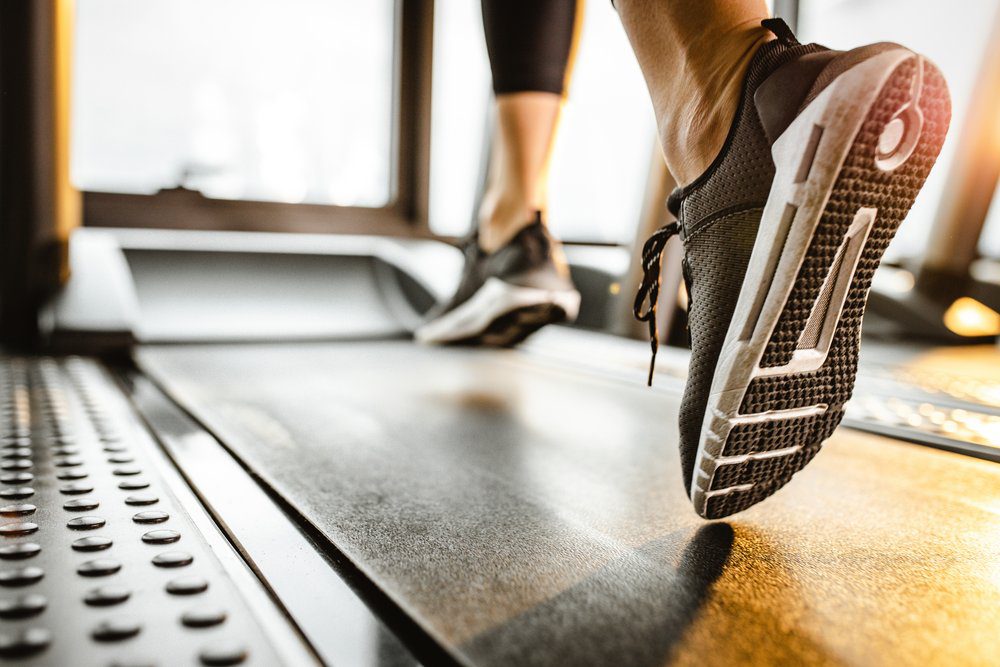A simple search of “#ultramarathons” on social media will have you believing that every trail runner spends their days in the mountains like it’s their job. If you don’t live anywhere near the sights of your latest social media feed, fear not. You don’t need to have endless access to the mountains if you want to be a strong and efficient uphill runner.
Whether you’ve signed up for a mountain trail race or simply want to become strong on tough hills, here are some tips to make the most of your trail running on flat terrain.

Focus on the fitness you have
Uphill running requires you to be fit and strong–two attributes you can gain from a well-rounded training plan. Elevation gain is real, but it doesn’t need to be the most important aspect of your training, even if you’re prepping for a race in the mountains. Focusing too much on lots of uphill running during a training cycle will not benefit you as much as training for top-end speed. For example, a speed-focused runner is much more likely to excel at a vertical kilometre than someone who spends all their time training at low intensity, even on hilly courses.
Instead of treating your mountain-race training the way you would any long-distance race, spend some extra time getting strong and building your top-end speed. Don’t forget strength-training–these functional exercises in the gym can do wonders for uphill strength in the mountains. These two additions to your training regime will benefit you on race day more than you expect.

Make use of resources
Even runners who do live in proximity to mountains may not have endless hours to spend running in the hills and mountains. Whether it’s a parking lot hill, a gradual incline on a road, or a treadmill, be purposeful with the hills you that are available. Even if options are limited, short bursts (20- to 30-second relaxed strides) in the middle or at the end of easy runs can help train your hill-running economy in the flatlands.
In the absence of steep hills, find any hill that you can run on at moderate to hard efforts for a minimum of five minutes. Using an incline on a treadmill works here, too. Run some efforts of 10 of 15 minutes at 10K effort on 10 per cent grade to mimic the effect of running up a mountain.

Finally, a stair-climbing is another tool that can prepare the legs for the demands of mountain running. If you’re at the gym, consider spending time on the stair machine after a lower-body-focused workout to prep you for efforts that will come mid-race on legs that are already fatigued.
Don’t forget the downhills
Being purposeful on the uphills also means running with purpose on the downhills. In races, what goes up, almost always comes down. Training to be an uphill runner also means training eccentrically for the descents. Here are some great workout ideas to get better on the downhills.

